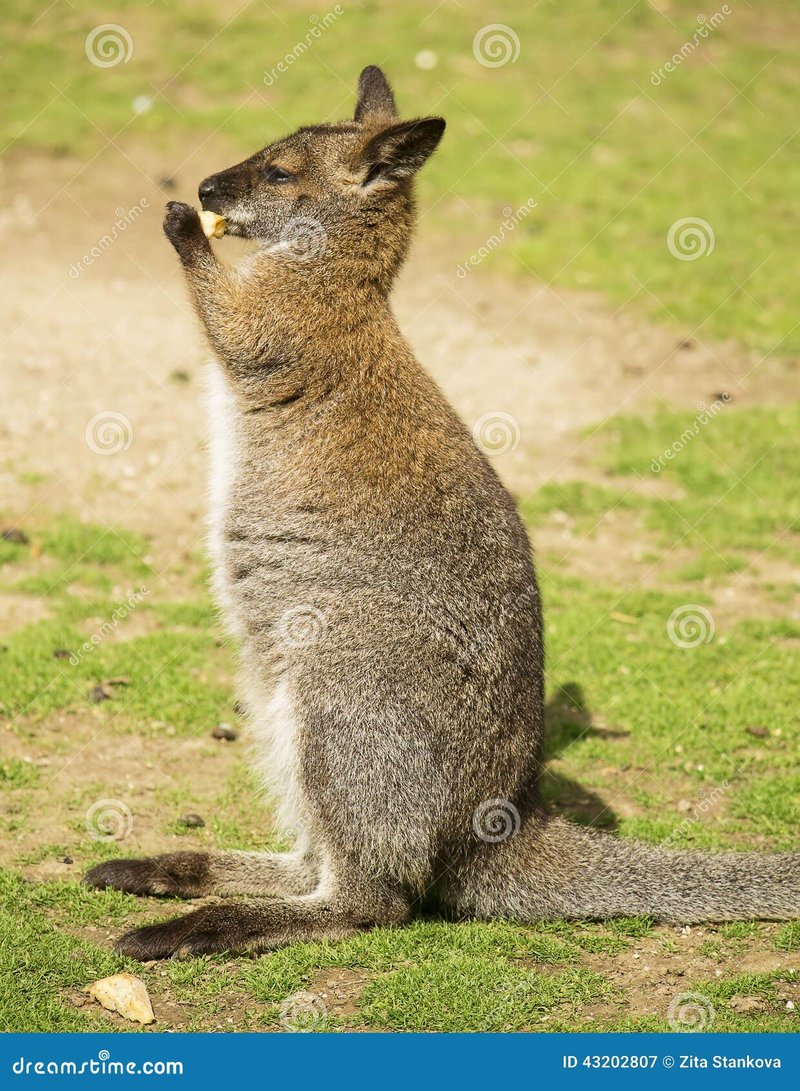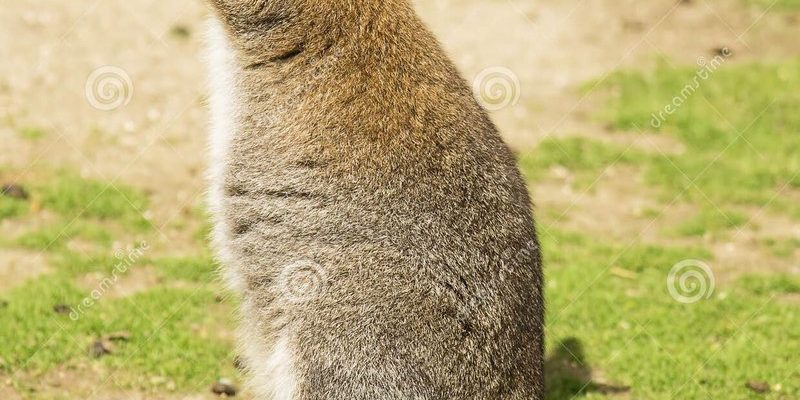
Just like how we rely on certain foods in our diets, wallabies depend on specific plants and habitats to survive. But it’s not a one-way street. As they munch through grasses and shrubs, they contribute to the balance of their environment. You might be wondering: How do they make an impact? Well, hold onto your coffee cup, and let’s hop into the fascinating world of wallabies!
What Are Wallabies?
Wallabies are small to medium-sized marsupials that belong to the family Macropodidae, which literally means “big foot.” You’ll usually find them in various habitats across Australia, Tasmania, and New Guinea. Their size can vary quite a bit; some species stand just a couple of feet tall, while others reach nearly the size of a kangaroo!
These friendly creatures are known for their powerful hind legs and fluffy tails, which help them balance as they leap. Wallabies typically have a soft fur coat that can range in color from gray to brown and even red, helping them blend into their natural surroundings much like a cozy blanket camouflaging its user.
The Role of Wallabies in Plant Growth
Here’s the thing: wallabies are herbivores, meaning they primarily eat plants. Their diet mainly consists of grasses, leaves, and shrubs. By grazing, they help control vegetation growth. Imagine a garden that gets out of control if left unattended. Wallabies act like nature’s gardeners by keeping plant life in check.
When wallabies munch on grass, they stimulate new growth in these plants. This might sound counterintuitive, but grazing encourages grasses to spread their roots deeper into the ground, making them healthier overall. You could think of it as giving the plants a little haircut; it may look a bit messy at first, but it leads to a lush and vibrant ecosystem in the long run.
Without wallabies, some plants could grow unchecked, leading to a less diverse range of flora. This can impact other animal species that depend on those plants for food and shelter. So, in a way, wallabies contribute to a healthy plant community, providing an essential foundation for the entire ecosystem.
Wallabies as Prey: A Key Player in the Food Chain
Every ecosystem has its food chain, and wallabies play a significant role in theirs. As prey animals, they are a vital source of food for a variety of predators, including dingoes, eagles, and large snakes. Just like every player in a team has a unique role, wallabies help maintain the balance of life in their habitats.
When wallabies abound, it supports predator populations. If wallaby numbers drop, those predators might struggle to find enough food. This can cause a ripple effect throughout the entire food chain. You might visualize this balance as a seesaw: when one side drops, it affects everything else connected to it.
If wallabies were to disappear, it could lead to increased herbivore populations, which would then deplete vegetation. This imbalance could harm the entire ecosystem, showcasing just how crucial these little marsupials are to maintaining a healthy environment.
Soil Enrichment and Ecosystem Health
Wallabies do more than just eat grass and offer food to predators; they also help enrich the soil. As they forage, they inadvertently scatter seeds and fertilize the soil with their droppings. This combination helps promote plant diversity, creating a more vibrant ecosystem.
Think of wallabies as tiny gardeners with a special knack for planting. When they eat fruits and digest seeds, those seeds can be carried miles away in their droppings. They end up germinating in new locations, leading to the growth of various plant species.
This process is essential for ensuring that plant communities can thrive and evolve over time. The interactions between wallabies and their environments create a dynamic cycle that supports not just individual species but entire ecosystems.
Climate Adaptation: How Wallabies Help the Environment
Climate change is a big concern these days, and wallabies can play a surprising role in helping adapt to changing conditions. As plant life shifts due to climate changes, wallabies help maintain diversity by their selective eating habits. When they choose certain plants over others, they influence which species thrive in their environment.
Their grazing behavior can help combat soil erosion, especially during heavy rains. By keeping grasses shorter and promoting spreading root systems, wallabies can contribute to preventing soil loss. In this way, they act as natural protectors of their habitat, which keeps everything stable even in the face of environmental challenges.
Plus, wallabies can often thrive in different habitats—from forests to grasslands—making them resilient creatures. This adaptability can help maintain diverse ecosystems as some areas face more drastic changes due to climate impacts.
Conservation: Protecting Wallabies for a Healthy Ecosystem
Understanding the wallaby’s role in its ecosystem highlights the importance of conservation efforts. As development expands and habitats shrink, wallabies face many threats. Urbanization, farming, and climate change can all lead to decreased populations, which is concerning for the health of their ecosystems.
Conservation initiatives focus on protecting wallaby habitats, helping to maintain the balance in ecosystems. This can involve habitat restoration projects, creating wildlife corridors, and even public education on the importance of these adorable marsupials.
By fostering a deeper appreciation for wallabies, we can encourage actions that promote their survival. Just like a chain reaction, protecting wallabies leads to the preservation of their habitats and the diverse communities that depend on them, ensuring a healthier environment for everyone.
Final Thoughts: Celebrating Wallabies as Ecosystem Engineers
Wallabies may seem like just cute, hopping creatures at first glance, but their role in ecosystems can’t be understated. They shape plant communities, provide food for predators, and even enrich the soil—all while reminding us of the beauty of biodiversity. Their presence is crucial for maintaining the balance of life in their habitats.
As we learn about these fascinating animals, let’s take a moment to appreciate the intricate web of life that surrounds us. By understanding the wallaby’s role, we can foster a greater sense of responsibility to protect our environment and all its inhabitants. So, next time you think of Australia, remember that wallabies are not just hopping through the fields—they’re quietly working to keep their ecosystems thriving.

